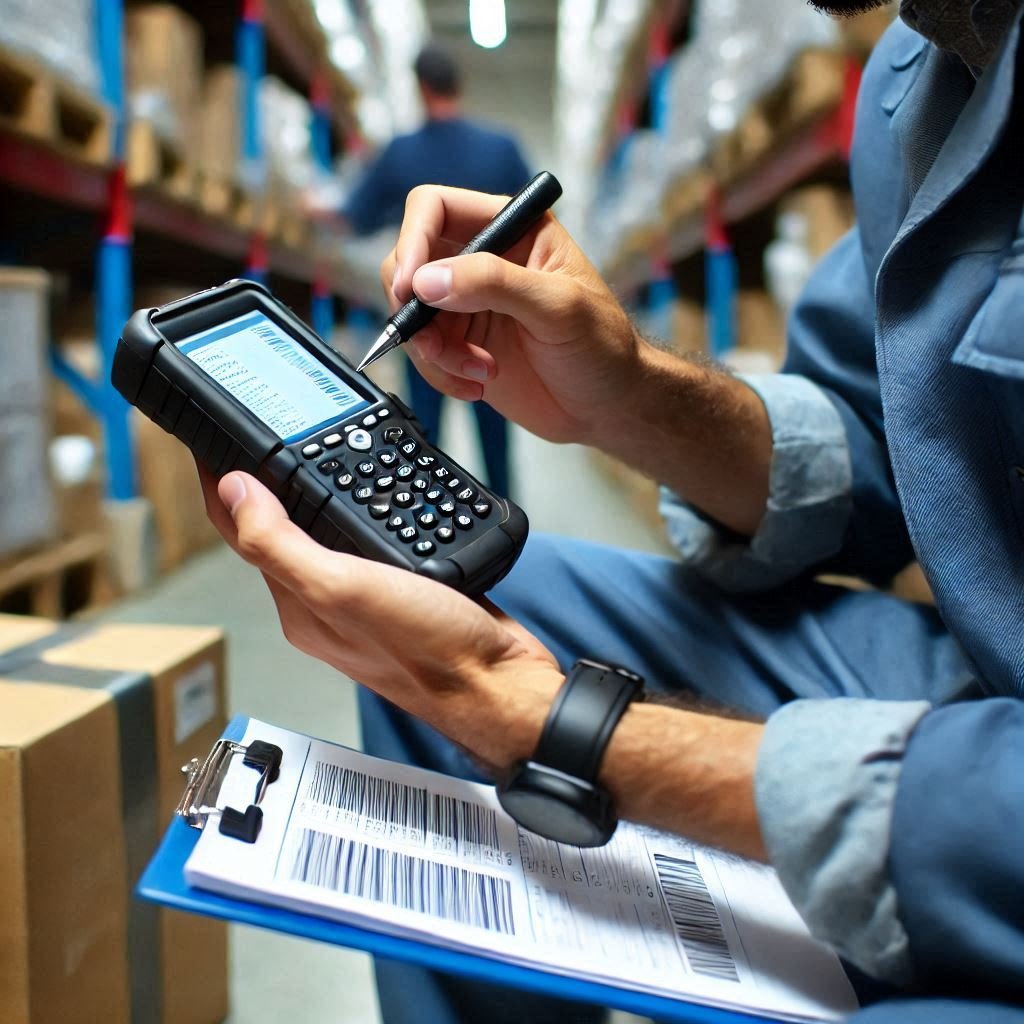Overhaul Your MRO Data
Data Enrichment Projects
Standardization
Standardized MRO (Maintenance, Repair, and Operations) data refers to the practice of organizing and formatting MRO-related information in a consistent and uniform manner. This standardization is crucial for effective MRO inventory management, procurement, and maintenance operations.
Enrichment
Enriched MRO (Maintenance, Repair, and Operations) data refers to MRO data that has been enhanced and augmented with additional information to provide a more comprehensive and valuable dataset. The enrichment process involves adding context, details, and relevant attributes to existing MRO information.
The Benefits of Clean Data
Consistency: Standardizing MRO data ensures consistency in how information is structured, labeled, and categorized. This consistency facilitates accurate and efficient data entry, retrieval, and analysis.
Improved Data Accuracy: Standardization helps eliminate errors and discrepancies in MRO data. By adhering to a set of predefined rules and formats, organizations can minimize data inaccuracies that could lead to operational disruptions or inefficiencies.
Enhanced Visibility: Standardized data provides better visibility into MRO inventory levels, usage patterns, and procurement processes. This visibility is essential for making informed decisions related to stock levels, reorder points, and supplier relationships.
Interoperability: Standardized MRO data promotes interoperability between different systems and platforms. It allows for seamless integration with enterprise resource planning (ERP) systems, asset management software, and other tools used in the maintenance and procurement processes.
Simplified Procurement: Standardization streamlines the procurement process by establishing consistent product descriptions, part numbers, and supplier information. This simplifies the identification and ordering of MRO items, reducing the likelihood of errors and delays.
Cost Savings: By reducing errors and inefficiencies in MRO data management, organizations can achieve cost savings. Accurate data supports optimal inventory levels, preventing overstocking and stockouts, which can lead to cost overruns.
Faster Decision-Making: Standardized data facilitates quicker and more informed decision-making. Maintenance teams can access reliable information promptly, allowing them to make timely decisions regarding repairs, replacements, and inventory replenishment.
Compliance: Standardized MRO data helps organizations adhere to regulatory requirements and industry standards. Compliance with standards ensures that data is accurate, complete, and aligned with industry best practices.
Lifecycle Management: Standardized MRO data supports comprehensive lifecycle management of assets and equipment. This includes tracking maintenance histories, scheduling preventive maintenance, and optimizing the lifespan of MRO assets.
Supplier Relationship Management: Standardized data improves communication with MRO suppliers. Consistent product information and specifications help build stronger relationships with suppliers, leading to more efficient procurement processes and potentially better terms.
Data Analytics: Standardized MRO data sets the foundation for data analytics and reporting. Organizations can analyze trends, track key performance indicators (KPIs), and derive insights to optimize maintenance strategies and improve overall operational efficiency.
Risk Mitigation: Standardization contributes to risk mitigation by reducing the chances of errors and inconsistencies in MRO data. This is particularly important in industries where equipment reliability and uptime are critical.




